#east german cinema
Text
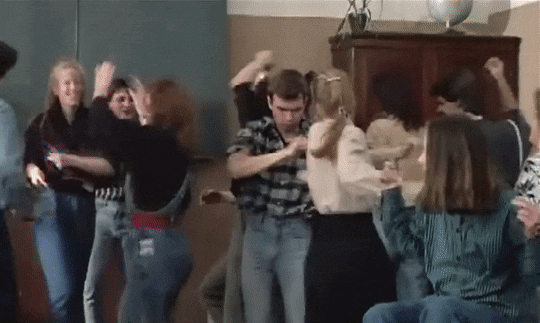
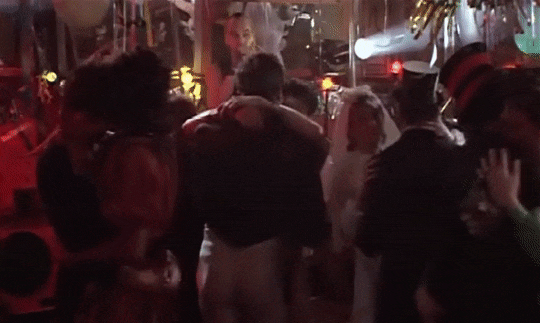

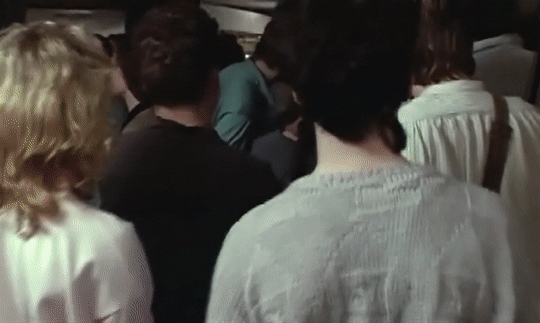






COMING OUT (1989)
dir. Heiner Carow
Philipp, a closeted high-school teacher is dating a female colleague, Tanja, to keep up appearances. One night, by 'accident' he stumbles into a gay bar, meets and promptly falls in love with a young man named Matthias. Transformed by this love he is no longer afraid to face up to who he is. This was the last East German film released to the public prior to the German reunification, and the only gay-themed feature film made by DEFA.
(link in title)
#lgbt cinema#gay cinema#coming out 1989#east german cinema#german cinema#lgbt#gay#east germany#germany#lgbt movie#gay movies#german movie#lgbt film#gay film#german film#lgbt media#gay media#queer cinema#european cinema#heiner carow#Matthias Freihof#Dirk Kummer#Dagmar Manzel#1989#1980s#80s#1980s movies#80s movies#1980s cinema#1980s film
97 notes
·
View notes
Text


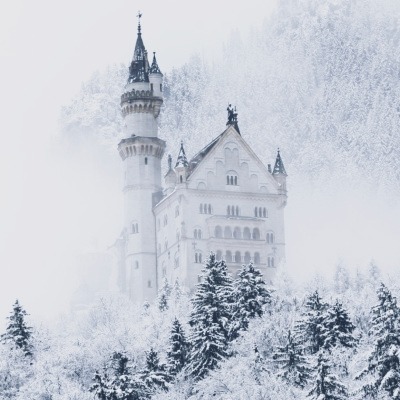

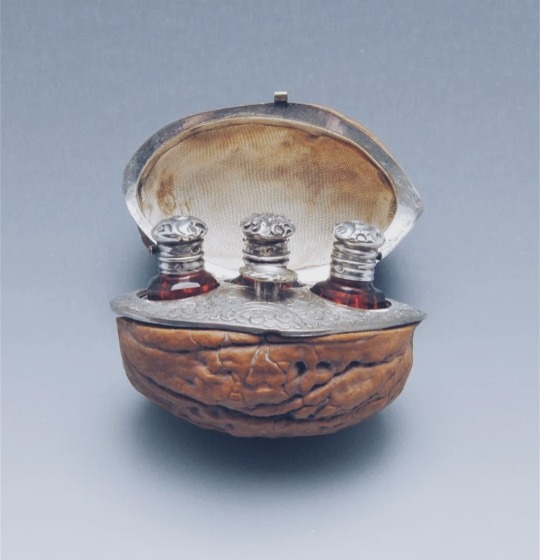




Tři oříšky pro Popelku/Three Wishes for Cinderella 1973 dir.Václav Vorlíček
#three wishes for cinderella#Tři oříšky pro Popelku#Václav Vorlíček#Libuše Šafránková#Pavel Trávníček#Czechoslovak cinema#east german cinema#70s#fairytales#cinderella#classic#chrismas classic#chrismas aesthetic
78 notes
·
View notes
Text
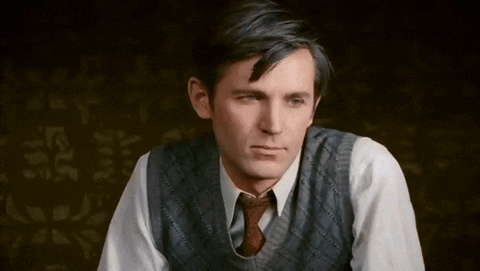
thank god for east germany having decent-quality color film (and shame on the ussr for not importing more of it, there's not nearly enough high-quality footage of my porcelain doll)
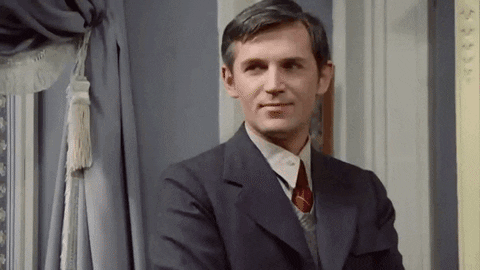

Stanislav Lyubshin as Ludwig in the DEFA movie "Wolz: Leben und Verklärung eines deutschen Anarchisten"
#soviet actors#станислав любшин#east german cinema#wolz leben und verklärung eines deutschen anarchisten#stanislav lyubshin#defa film#ostdeutscher film#ddr film#slashfuhrer gifs
2 notes
·
View notes
Text

#ete und ali#ete and ali#movie poster#movie posters#film#films#poster#posters#ete och ali#peter kahane#defa#thomas putensen#film poster#cinema#german#east german cinema
0 notes
Text
On July 17, 1948, The Murderers are Among Us debuted in Slovenia.

#the murderers are among us#the murderers among us#die morder sind inter uns#wolfgang staudte#ernst wilhelm borchert#east germany#east german film#east german cinema#trummerfilm#wwii film#noir#noir thriller#movie art#art#drawing#movie history#pop art#modern art#pop surrealism#cult movies#portrait#cult film
0 notes
Text

#excalibur#film#excalibur 1981#cinema#king arthur#the knights of the round table#history#mythology#britain#british#medieval#middle ages#knights#knight#chivalry#chivalric romance#arthurian#poster#german#east germany#europe#european#germany#great britain#john boorman#fantasy#le morte d'arthur#thomas malory#armour#sword
221 notes
·
View notes
Photo







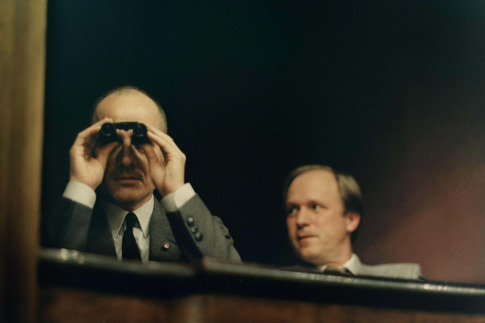
SUBLIME CINEMA #629 - THE LIVES OF OTHERS
When asked in an interview how he prepared for the role of GDR Stasi captain Wiesler, the late Ulrich Muhe simply said ‘I remembered’. He was an East German actor and activist who himself was spied on and betrayed by a former wife; he didn’t have to travel far to evoke the perfect performance he delivered in this masterpiece.
#film#movie#filmmaker#films#cinema#Florian Henckel von Donnersmarck#the lives of others#filmmaking#movies#cinematography#germany#german cinema#stasi#communism#east germany#east german#east german actor#cinema of germany#great film#cinephile#academy award#oscar#police state#gdr#berlin#berlin wall#east berlin
45 notes
·
View notes
Text
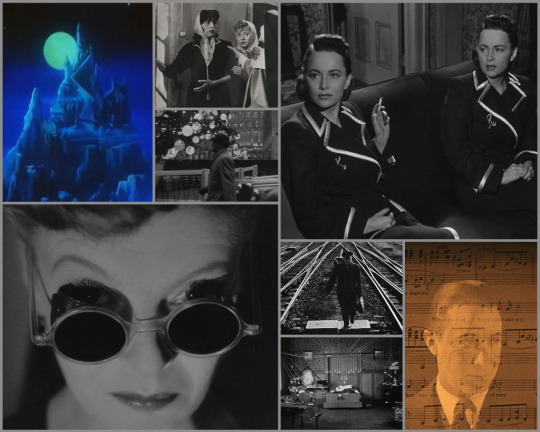
Favorite New-to-Me Films
November ‘23
(in order of collage above R to L)
Хоббит. Сокровища под горой / The Hobbit: Treasures under the Mountain (1991) [letterboxd | imdb] (which I will be posting gifsets of shortly!)
Nella città l’inferno / Hell in the City (1959) [letterboxd | imdb]
Blast of Silence (1961) [letterboxd | imdb]
The Dark Mirror (1946) [letterboxd | imdb] (which I posted image sets from)
Levoton Veri / Restless Blood (1946) [letterboxd | imdb] (I also posted image/gif sets of this one!)
Das zweite Gleis / The Second Track (1962) [letterboxd | imdb]
It’s a Gift (1923) [letterboxd | imdb] (which I will also be posting gifsets of soon)
Defying Destiny (1923) [letterboxd | imdb]
---
Honorable mention to Evil Toons (1991) for being way funnier than it had any right to be, largely due to the wonderfully campy performances.
It was a truly awful month for me personally so I’m very grateful to have had Noirvember to distract me. On letterboxd, I added notes for the films I watched this year all together in a list. All together I watched 15 noir/noirish films and only one was a re-watch.
#classic film#classic movies#film#silent film#silent cinema#noirvember#film noir#american film#soviet animation#soviet film#finnish film#east german film#german film#independent film#cinema italiano#italian film#snub pollard#olivia de havilland#monthly roundup
5 notes
·
View notes
Text
Often I feel very angry. It is hard to explain this even to my progressive Jewish parents – my Ashkenazi father, and my convert mother who frankly is more observant than I am – sometimes easier with fellow third generation millennials, depending on their milieu. My goyische husband, believe it or not, grasps it quite well because he grew up in Scarsdale. For the 18 years that we lived on East 70th our mezuzah was on the wrong side of the door. We never kept kosher. And yet I went to Hebrew school at Park Avenue Synagogue followed by Or Zarua which are both conservative congregations, a step up from reform and a step down from orthodox. We observed Shabbos, the high holidays; for a while I had a basic comprehension of the loshn-koydesh.
After I was bat mitzvahed I had no desire to see the inside of a temple again. This remained the case for many many years. You know what I learned about besides Torah? (Torah study, the ritual of Saturday morning services, was actually the good part.) Israel. At length. A country I felt no connection to whatsoever, that I had no desire to ever visit, that alienated me from my own Jewish identity as a diaspora New Yorker growing up in (what was, then, much more so!) a diverse neighborhood with kids from every ethnic and religious background imaginable.
You know what I learned NOTHING about? Yiddishkeyt. German expressionist cinema. Postwar American Jewish literature. Philosophy and psychoanalysis and dialectics and dialogics. Art, literature, theater, folklore. You would think that institutions theoretically devoted to the preservation of Jewish life in America would take a greater restorative interest in what the Nazis attempted to wipe from the historical record. You would be wrong.
The irony doesn’t end there. According to Dad my grandfather would not speak a word of German in the house – understandable after they've gassed your entire family to death – and he was resentful, for a little while, that on account of this he did not grow up bilingual. Why Martin refrained from speaking Yiddish around his American children had nothing to do with a rejection of Jewishness per se and everything to do with the guarantying of a more prosperous future. Metallurgy and manual labor sentenced him to a hard life and an early death. Despite chronic exhaustion and physical pain, he would bring my young father to public lectures at Yale on anything and everything related to the space program. He supported and cultivated his two sons’ every personal and intellectual interest. He ferried my grandmother to and from her performances along the Borscht Belt circuit, which back then was still a thriving scene. He was a state-raised orphan who lost everything and nevertheless managed to give everything. When she grew too old and infirm to do so herself any longer, he even cared for the cranky old bitch of an aunt who turned him away when he first washed up alone as a teenager on a totally foreign shore. I have tears in my eyes just typing this.
It is my parents and grandparents whose memory I hold sacred, the culture they swallowed or sacrificed in the hope of a new beginning – not for themselves, but for their loved ones. That a certain continuity could be transmitted and traced despite all efforts to either disguise or remake it, that there is an inextinguishable spark of recognition in language and expression and sensibility, is miraculous. It defies the nation state. And it will outlive the nation state.
75 notes
·
View notes
Photo


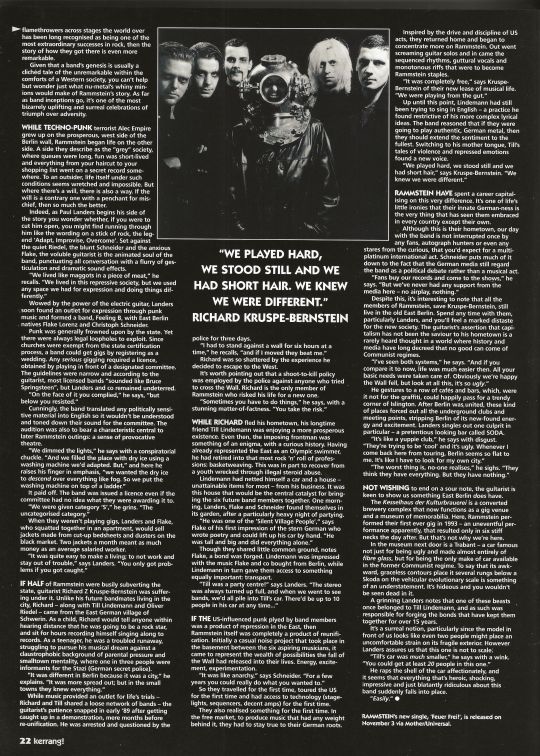
KERRANG! - 12 October 2002
For Rammstein, growing up behind the Berlin Wall was a matter of life or death. Their incredible story can finally be told…
From the outside, East Berlin looks like any other prosperous Western city. Take the road to it from Schonfeld airport and the neon glow of petrol stations, fast-food chains, shopping malls and multiplex cinemas all flit reassuringly by. Near the centre, the glitzy communications tower looks positively sci-fi.
Get in closer, and the picture is less pristine. For every sign of new investment, there are as many examples of the old. Crumbling buildings — prison grey and rotting from the former Communist regime — serve as a reminder that the Wall which divided East and West since the Second World War is barely a decade gone. Graffiti covers every surface.
In the Prenzlauer district, this gulf between old and new is particularly striking. Brightly-colored apartment blocks and cafés sit right next to these corroding structures — half of which look like they might disintegrate at any moment. We are warned that the balconies dangling precariously from them have been known to descend into the street without warning.
It’s beneath such a balcony that we find Rammstein — a band renowned for reducing things to rubble.
Seemingly unaware of the latent doom scenario above theirs heads, four out of the six members — that’s guitarist Paul Landers, bassist Oliver Riedel, drummer Christoph Schneider and keyboardist Christian ‘Flake’ Lorenz — are sitting outside a curry house. Second guitarist Richard Z Kruspe-Bernstein is absent, having just moved to New York with his wife, although he literally phones in an appearance late. Press-shy meat-stack Till Lindemann is simply absent and uncontactable.
This is the first time the band have been back in their hometown for any length of time, following their punishing pan-continental touring schedule in support of ‘Mutter’. The atmosphere is relaxed. As everyone points out, this rare bit of downtime has allowed the band to focus on some extra-Rammstein issues. These include therapy, fatherhood, holidays in the sun, and a spot of interior decorating.
Still, these men are gathered here today to discuss Rammstein. If the exploits of six German and their flamethrowers across stages the world over has been long recognized as being one of the most extraordinary successes in rock, then the story of his they got there is even more remarkable.
Given that a band’s genesis is usually a clichéd tale of the unremarkable within the comfort of a Western society, you can’t help but wonder just what nu-metal’s whiny minions would make of Rammstein’s story. As far as band inceptions go, it’s one of the most bizarrely uplifting and surreal celebrations of triumph over adversity.
While techno-punk terrorist Alec Empire grew up on the prosperous, west side of the Berlin Wall, Rammstein began life on the other side. A side they describe as the ‘grey’ society, where queues were long, fun was short-lived and everything from your haircut to your shopping list went on a secret record somewhere. To an outsider, life itself under such conditions seems wretched and impossible. But where there’s a will, there is also a way. If the will is a contrary one with a penchant for mischief, then so much the better.
Indeed, as Paul Landers begins his side of the story you wonder whether, if you were to cut him ope, you might find running through him like the wording on a stick of rock, the legend ‘Adapt, Improvise, Overcome’. Set against the quiet Riedel, the blunt Schneider and the anxious Flake, the voluble guitarist is the animated soul of the band, punctuating all conversation with a flurry of gesticulation and dramatic sound effects.
“We lived like maggots in a piece of meat,” he recalls. “We lived in this repressive society, but we used any space we had for expression and doing things differently.”
Wowed by the power of the electric guitar, Landers soon found an outlet for expression through punk music and formed a band, Feeling B, with East Berlin natives Flake Lorenz and Christoph Schneider.
Punk was generally frowned upon by the state. Yet there were always legal loopholes to exploit. Since churches were exempt from the state certification process, a band could get gigs by registering as a wedding. Any serious gigging required a licence, obtained by playing in front of a designed committee. The guidelines were narrow and according to the guitarist, most licensed bands “sounded like Bruce Springsteen”, but Landers and co remained undeterred.
“On the face of it you complied,” he says, “but below you resisted.”
Cunningly, the band translated any politically sensitive material into English so it wouldn’t be understood and toned down their sound for the committee. The audition was also to bear a characteristic central to later Rammstein outings: a sense of provocative theatre.
“We dimmed the lights,” he says with a conspiratorial chuckle. “And we filled the place with dry ice using a washing machine we’d adapted. But,” and here he raises his finger in emphasis, “we wanted the dry ice to descend over everything like fog. So we put the washing machine on top of a ladder.”
It paid off. The band was issued a licence even if the committee had no idea what they were awarding it to. “We were given category ’S’,” he grins. “The uncategorized category.”
When they weren’t playing gigs, Landers and Flake, who squatted together in an apartment, would sell jackets made from cut-up bedsheets and dusters on the black market. Two jackets a month meant as much money as an average salaried worker.
“It was quite easy to make a living; to not work and stay out of trouble,” says Landers. “You only got problems if you got caught.”
If half of Rammstein were busily subverting the state, guitarist Richard Z Kruspe-Bernstein was suffering under it. Unlike his future bandmates living in the city, Richard — along with Till Lindemann and Oliver Riedel — came from the East German village of Schwerin. As a child, Richard would tell anyone within hearing distance that he was going to be a rock star, and sit for hours recording himself singing along to records. As a teenager, he was a troubled runaway, struggling to pursue his musical dream against a claustrophobic background of parental pressure and small-town mentality, where one in the three people were informants for the Stasi (German secret police).
“It was different in Berlin because it was a city,” he explains. “It was more spread out; but in the small towns they knew everything.”
While music provided an outlet for life’s trials — Richard and Till shared a loose network of bands — the guitarist’s patience snapped in early ’89 after getting caught up in a demonstration, mere months before re-unification. He was arrested and questioned by the police for three days.
“I had to stand against a wall for six hours at time,” he recalls, “and if I moved they beat me.” Richard was so shattered by the experience he decided to escape to the West.
It’s worth pointing out that a shoot-to-kill policy was employed by the police against anyone who tried to cross the wall. Richard is the only member of Rammstein who risked his life for a new one.
“Sometimes you have to do things,” he says, with stunning matter-of-factness. “You take the risk.”
While Richard fled his hometown, his longtime friend Till Lindemann was enjoying a more prosperous existence. Even then, the imposing frontman was something of an enigma, with a curious history. Having already represented the East as an Olympic swimmer, he had retired into that most rock’n’roll of professions: basketweaving. This was in part to recover from a youth recked through illegal steroid abuse.
Lindemann has netter himself a car and a house — unattainable items for most — from his business. It was this house that would be the central catalyst for bringing the six future members together. One morning, Landers, Flake and Schneider found themselves in its garden, after a particularly heavy night of partying.
“He was one of the ‘Silent Village People’,” says Flake of his first impression of the stern German who wrote poetry and could lift up his car by hand. “He was tall and big and did everything alone.”
Though they shared little common ground, notes Flake, a bond was forged. Lindemann was impressed with the music Flake and co bought from Berlin, while Lindemann in turn gave them access to something equally important: transport.
“Till was a party centre!” says Landers. “The stereo was always turned up full, and when we went to see bands, we’d all pile into Till’s car. There’s be up to 10 people in his car at any time…”
If the US-influenced punk played by band members was a product of repression in the East, then Rammstein itself was completely a product of reunification. Initially a casual noise project that took place in the basement between the six aspiring musicians, it came to represent the wealth of possibilities the fall of the Wall had released into their lives. Energy, excitement, experimentation.
“It was like anarchy,” says Schneider. “For a few years you could really do what you wanted to.”
So they travelled for the first time, toured the US for the first time and had access to technology (stage-lights, sequencers, decent amps) for the first time.
They also realized something for the first time. In the free market, to produce music that had any weight behind it, they had to stay true to their German roots.
Inspired by the drive and discipline of US acts, they returned home and began to concentrate more on Rammstein. Out went screaming guitar solos and in came the sequenced rhythms, guttural vocals and monotonous riffs that were to become Rammstein staples.
“It was completely free,” says Kruspe-Bernstein of their new lease of musical life.
“We were playing from the gut.”
Up until this point, Lindemann had still been trying to sing in English — a practice he found restrictive of his more complex lyrical ideas. The band reasoned that if they were going to play authentic, German metal, then they should extend the sentiment to the fullest. Switching to his mother tongue, Tills tales of violence and repressed emotions found a new voice.
“We played hard, we stood still and we had short hair,” says Kruspe-Bernstein. “We knew we were different.”
Rammstein have spent a career capitalizing on this very difference. It’s one of life’s little ironies that their innate German-ness is the very thing that has seen them embraced in every country except their own.
Although this is their hometown, our day with the band is not interrupted once by any fans, autograph hunters or even any stares from the curious, that you’d expect for a multiplatinum international act. Schneider puts much of it down to the fact that the German media still regard the band as a political debate rather than a musical act.
“Fans buy our records and come to the shows,” he says. “But we’ve never had any support from the media here — no airplay, nothing.”
Despite this, it’s interesting to note that all the members of Rammstein, save Kruspe-Bernstein, still live in the old East Berlin. Spend any time with them, particularly Landers, and you’ll feel a marked distaste for the new society. The guitarist’s assertion that capitalism has not been the savior to his hometown is rarely heard thought in a world where history and media have long decreed that no good can come of Communist regimes.
“I’ve seen both systems,” he says. “And if you compare it to now, life was much easier then. All your basic needs were taken care of. Obviously we’re happy the Wall fell, but look at all this, it’s so ugly.”
He gestures to a row of cafés and bars, which, were if not for the graffiti, could happily pass for a trendy corner of Islington. After Berlin was united, these kind of places forced out all the underground clubs and meeting points, stripping Berlin of its new-found energy and excitement. Landers singles out one culprit in particular — a pretentious looking bar called SODA.
“It’s like a yuppie club,” he says with disgust.
“They’re trying to be ‘cool’ and it’s ugly. Whenever I come back here from touring, Berlin seems so flat to me. It’s like I have to look for my own city.”
“The worst thing is, no-one realizes,” he sighs. “They think they have everything. But they have nothing.”
Not wishing to end on a sour note, the guitarist is keen to show us something East Berlin does have.
The Kesselhaus der Kulturbrauerei is a converted brewery complex that now functions as a gig venue and a museum of memorabilia. Here, Rammstein performed their first ever gig in 1993 — an uneventful performance apparently, that resulted only in six stiff necks the day after. But that’s not why we’re here.
In the museum next door is a Trabant — a car famous not just for being ugly and made almost entirely of fibre glass, but for being the only make of car available in the former Communist regime. To say that its awkward, graceless contours place it several rungs below a Skoda on the vehicular evolutionary scale is something of an understatement. It’s hideous and you wouldn’t be seen dead in it.
A grinning Landers notes that one of these beasts once belonged to Till Lindemann, and as such was responsible for forging the bonds that have kept them together for over 15 years.
It’s a surreal notion, particularly since the model in front of us looks like even two people might place an uncomfortable strain on its fragile exterior. However Landers assures us that this one is not to scale.
“Till’s car was much smaller,” he says with a wink. “You could get at least 20 people in this one.”
He raps the shell of the car affectionately, and it seems that everything that’s heroic, shocking, impressive and just blatantly ridiculous about this band suddenly falls into place.
“Easily.”
#Rammstein#Till Lindemann#Paul Landers#Flake#Flake Lorenz#Oliver Riedel#Christoph Schneider#Richard Kruspe#interview#2002#my scans#*
93 notes
·
View notes
Text
#poll#hyperspecific poll#i mean technically the non-breaking bone problem (bone infection) probably involved a break#but i didn't know about it#and wouldn't have without aforementioned infection
62 notes
·
View notes
Text


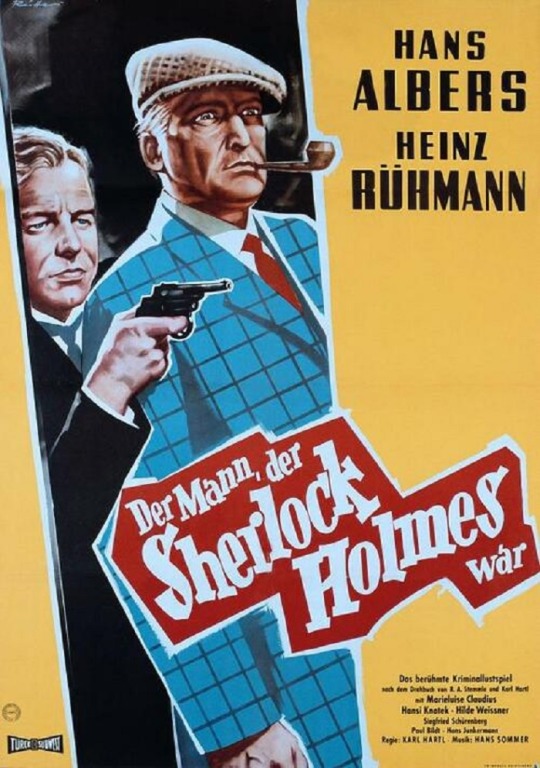

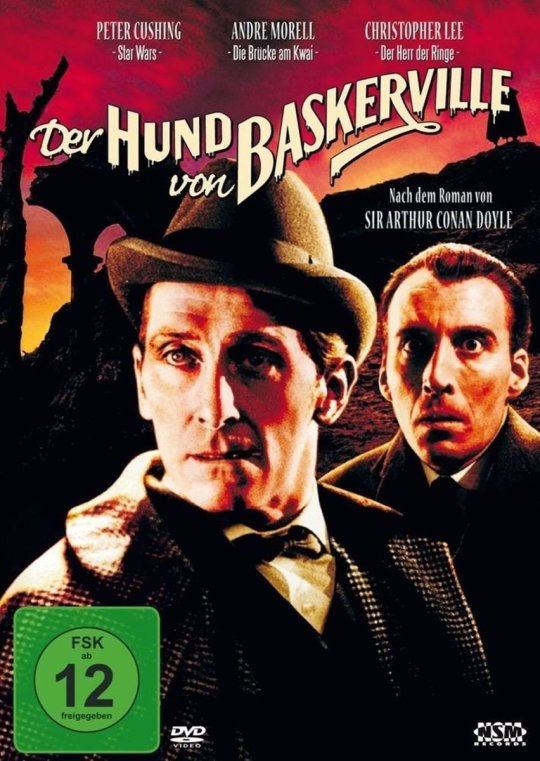
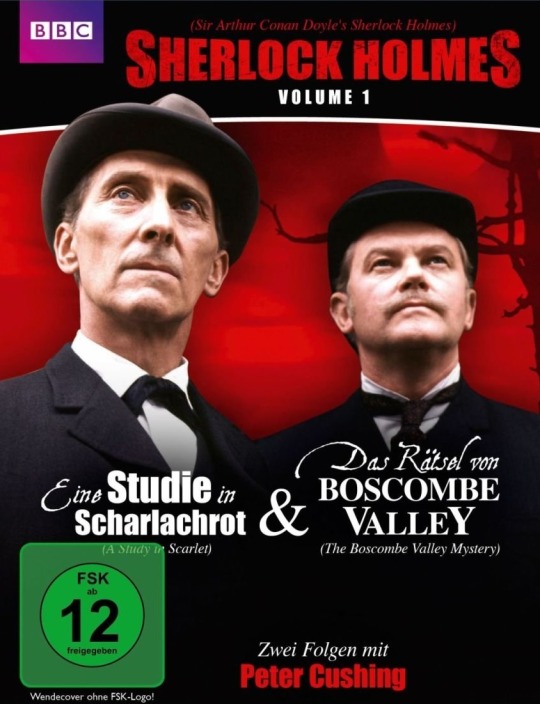


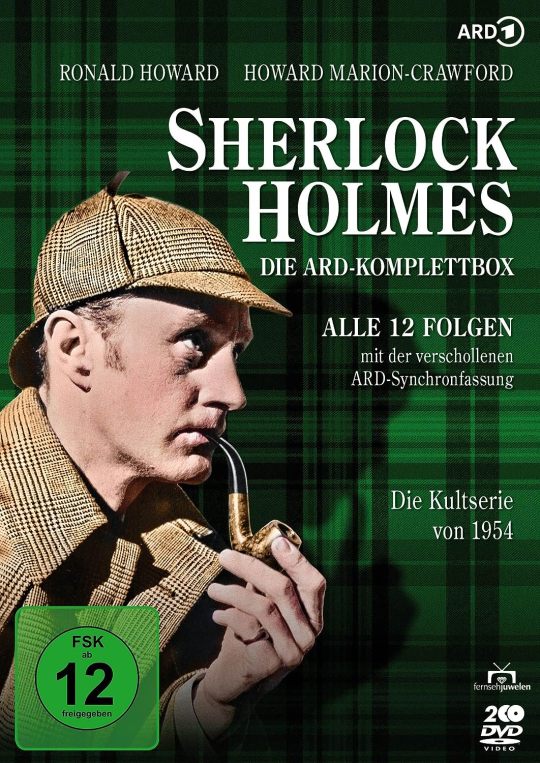
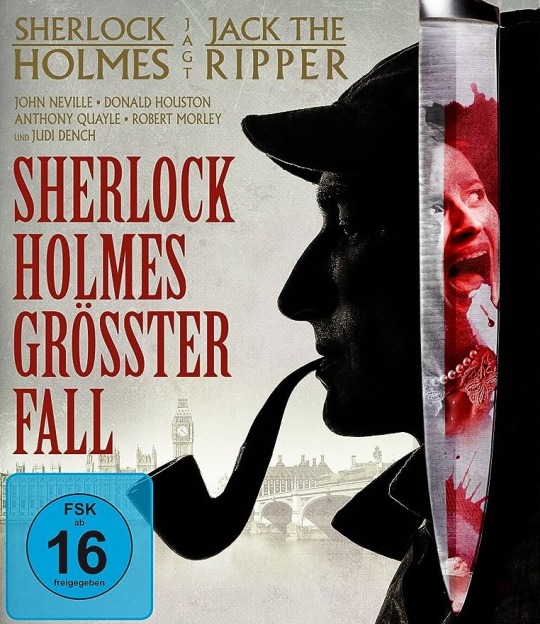
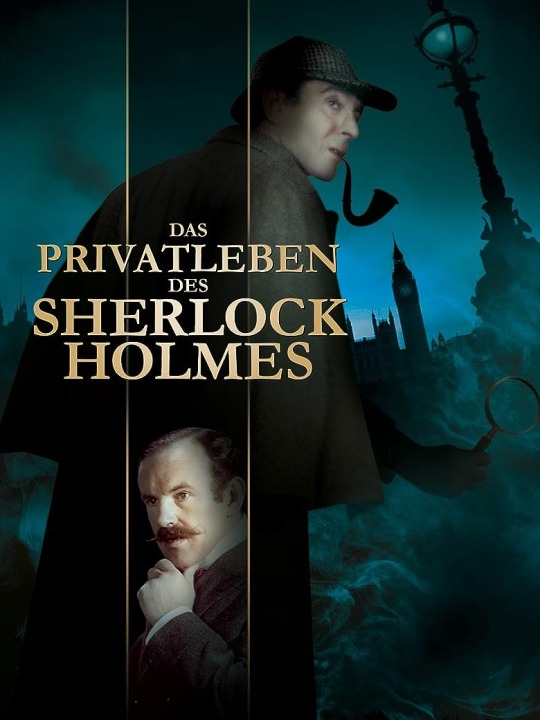
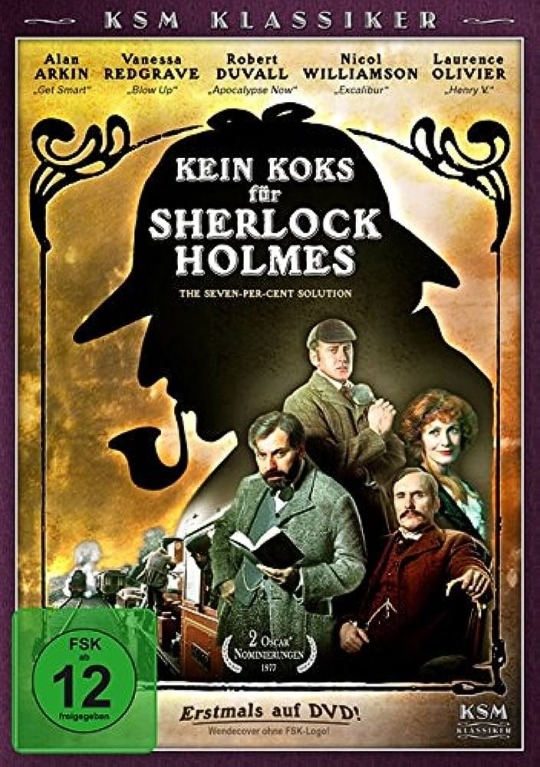
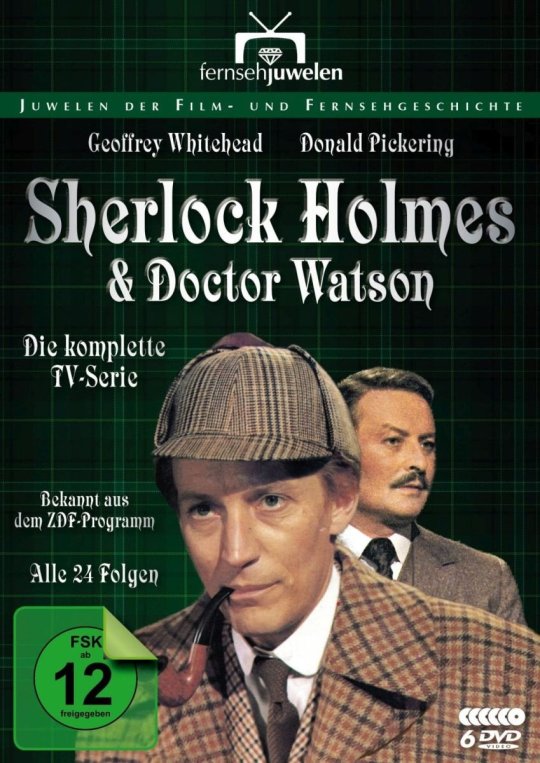



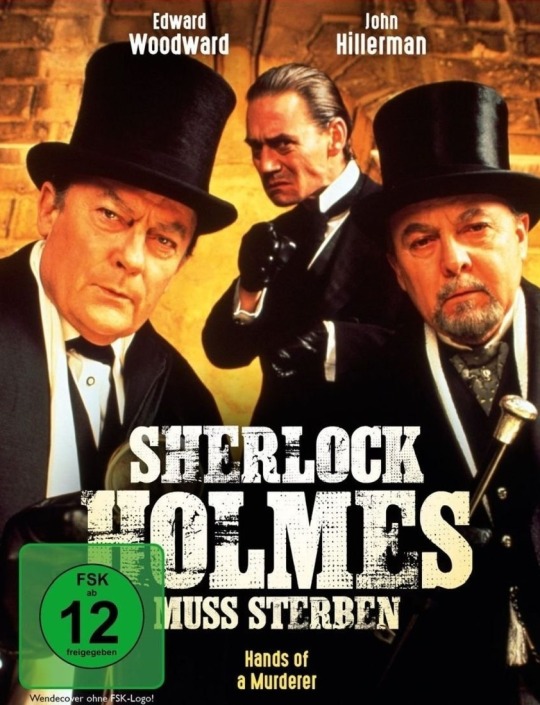
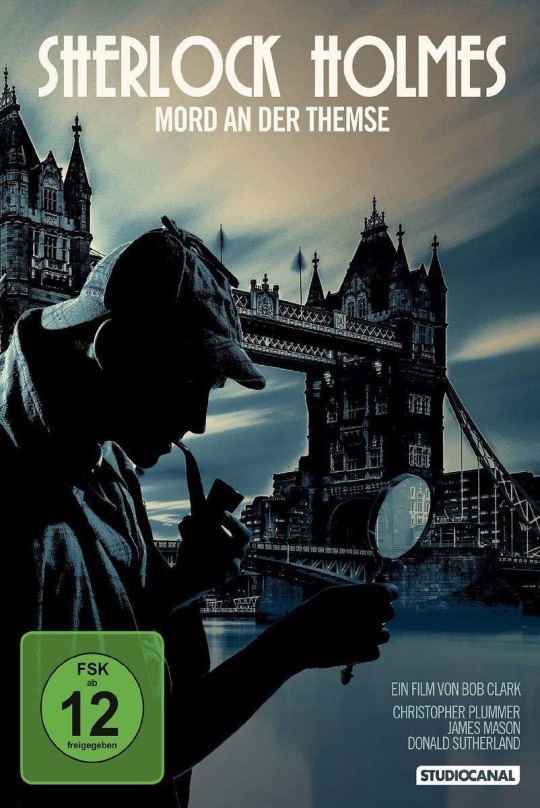
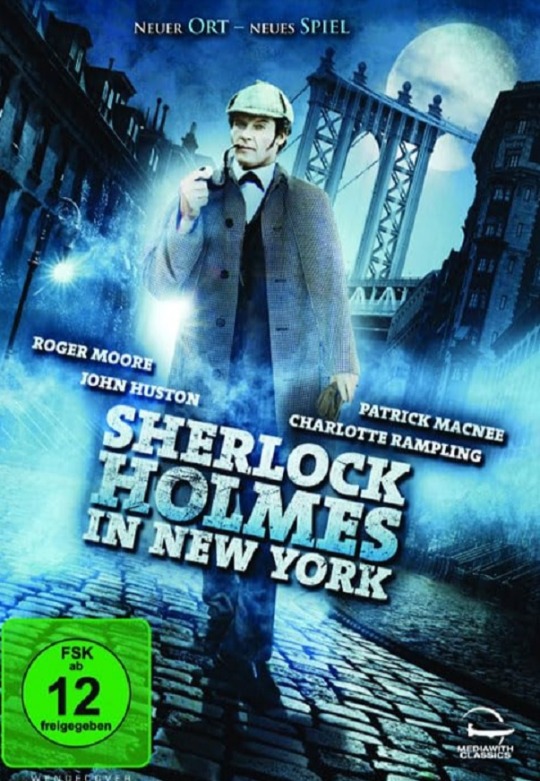

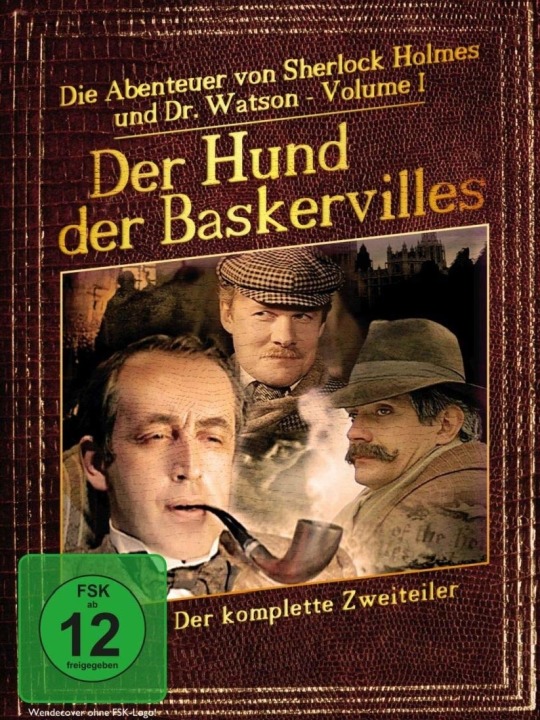
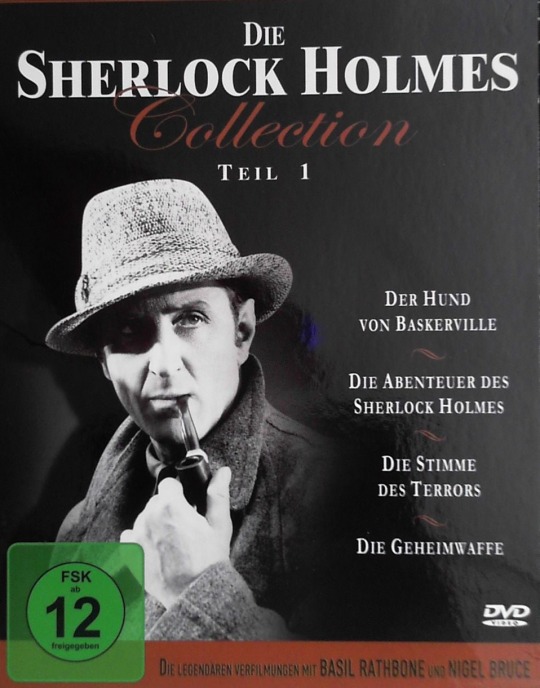
To @cackled0g and to @holmesoldfellow
Sherlock Holmes and his faithful friend Dr. Watson have a very long tradition over here in Germany. Personally I’m an avid fan since my teens when I watched “The Hound of the Baskervilles” (1939) starring the immortal Basil Rathbone and Nigel Bruce when it was first broadcast on East German television in 1984.
Nearly all important film adaptions of the adventures of Sherlock Holmes and Dr. Watson have been dubbed and broadcast in Germany either in the cinema or in television. Here are a few examples:
In 1969 and in the early and mid Eighties East German television first dubbed and broadcast nearly all movies starring Basil Rathbone and Nigel Bruce. All films about the Nazi issue were only dubbed after the fall of the wall. All films are relaesed on DVD and they are are frequently repeated. Theses films are so hugely popular over here that Basil Rathbone is considered as the epitome of Sherlock Holmes by most viewers. For me personally he is the reason for my lifelong enthusiasm for Sherlock Holmes. “The Hound of the Baskvervilles” in the first German dubbed version from 1984: https://youtu.be/sD9M7pxP7Nk
In the early and mid Eighties East German television dubbed and broadcast the Russian television series starring Vasily Livanov and Vitaly Solomin. It was very well received but never hugely popular in the former GDR and was never repeated since its premiere. This series was never broadcast in West German television, Sadly not all dubbed films still exist in the archives but the remaining ones have been released on three DVDs in 2019 in the German version. As for me I simply love these two wonderful actors in these roles and so I made a video tribute in honour to their unforgettable portrayals: https://youtu.be/0jaSdOrntDc
The miniseries “The Hound of the Baskervilles” (1982) starring Tom Baker and Terence Rigby as Holmes and Watson were dubbed and broadcast at East German television in 1985.
In the mid and late eighties East German television dubbed and broadcast the Granada series starring Jeremy Brett as Sherlock Holmes. The series didn't achieve anywhere near the popularity with the general public as it enjoys in the English-speaking world. The series was only very rarely repeated but is now completly available on DVD.
The Hammer film “The Hound of the Baskervilles” (1959) starring Peter Cushing as Sherlock Holmes and André Morell as Dr. Watson was a great success in West Germany. The German dubbed version can be watched here: https://youtu.be/SWgtjG8O_qQ The television series starring Peter Cushing and Nigel Stock as Holmes and Watson was never broadcast on German television. The episodes were only dubbed for DVD in 2017.
In 1962 Terence Fisher directed the movie “Sherlock Holmes und das Halsband des Todes” (Sherlock Holmes and the Deadly Necklace”) starring Christopher Lee as Sherlock Holmes and Thorley Walters as Dr. Watson. The cast included numerous German and Austrian actors includig Hans Söhnker (1903 - 1981) as Professor Moriarty. Fun fact: actor Harry Wüstenhagen, who dubbed Christopher Lee in this movie also dubbed Ian Richardson, John Neville and Nicol Williams in their portrayals of Sherlock Holmes. This movie is available on DVD as well as the other ones I mentioned.
“Murder by Decree” (1979) starring Christopher Plummer and James Mason as Holmes and Watson was dubbed in West Germany and called “Mord an der Themse” (“Murder at the Thames”). It is available on DVD. The German dubbed version can be watched here: https://youtu.be/AANCR2K17F0
In 1982 West German television dubbed and broadcast the series “Sherlock Holmes and Doctor Watson” starring Geoffrey Whitehead and Donald Pickering. It was quite a success but only very rarely repeated. Meanwhile it is available on DVD. German dubbed episodes can be watched on YouTube: https
Sherlock Holmes in Germany
Alwin Neuß (1879 - 1935) was the first German actor to play the master detective in a movie. In 1914 he played Sherlock Holmes in “Der Hund von Baskerville” (”The Hound of the Baskervilles”). This silent movie was so successful that three sequels were made between 1914 and 1915. Oddly enough Dr. Watson does not appear in them at all. The first film can be watched here: https://youtu.be/PMhVAqef2nY
"Der Hund von Baskerville" (“The Hound of the Baskervilles”) made in 1929 is the last German silent movie about an adventure of Sherlock Holmes. It was directed by Richard Oswald (1880 - 1963), who also directed a German version of "The Hound of the Baskervilles" with three sequels (1914/15) starring Alwin Neuß. Oswald also wrote the screenplay for the very first film version of “The Hound of the Baskervilles” in 1914 which was directed by Rudolf Meinert. The cast is international: an American actor as Sherlock Holmes, a Russian actor as Dr. Watson, a German actor as Stapleton, an Italian actor as Sir Henry Baskerville, an Austrian actress as Beryl Stapleton, an Austrian actor as Dr. Mortimer and a German-Baltic actor as Barrymore. Remarkably, Fritz Rasp (1891 - 1976), who portrays the demonic Stapleton in this movie, plays the servant Barrymore in the sound film version "Der Hund von Baskerville" from 1937. This version is available on DVD and can be watched on YouTube: https://youtu.be/dOO1BwcpP_g
The sound film "Der Hund von Baskerville" (“The Hound of the Baskervilles”) was made in 1937 by Czech director Carl Lamač. The film has a great atmosphere and a cast of then very popular German actors. Especially Erich Ponto (to foreign film viewers very well known for his sinister role as Dr. Winkel in “The Third Man”) as Stapleton and Fritz Rasp (who mostly played sinister roles during his long film career) are great. Unfortunately actor Bruno Güttner (1909 - 1945) as Sherlock Holmes is pretty bland in his role, he even was dubbed by a more experienced actor in this film.
Fritz Odemar (1890 - 1955) gives a good and amusing performance as Dr. Watson and does not portray him as a buffon. The movie is available on DVD and can be watched on YouTube: https://youtu.be/XrbMR9NZkVc
“Der Mann, der Sherlock Holmes war” (“The man who was Sherlock Holmes”) (1937) is a crime comedy directed by Austrian director Karl Hartl. The film starres Hans Albers as Morris Flynn and Heinz Rühmann as Macky McPherson. Albers (1891 - 1960) and Rühmann (1902 - 1994) were two of the most popular German actors at that time, and they are still very popular over here. The film deals with two broke English private detectives who decide to pose as Sherlock Holmes and Dr. Watson to get lucrative jobs. The official authorities obviously do not know that the English master detective and his friend are only products of the imagination of writer Sir Arthur Conan Doyle and want them to to solve the theft of the Red and the Blue Mauritius. When their real identity is established, they are taken to court for fraud. Only now writer Conan Doyle (played by actor Paul Bildt without a moustache) declares that he is the spiritual father of Holmes and Watson. As he is very satisfied with the appearance of Flynn and McPherson, they are acquitted by the court. The false Holmes and Watson even sing a song called “Jawohl, meine Herr’n” (“Yes, gentlemen”) while taking a bath. This crime comedy is very entertaining, I can't find any hints of the Nazi period it was made. The movie was released on DVD and can be watched on YouTube: https://youtu.be/vWz-ZYIKsEI
Altough Holmes and Watson were immensly popular in East Germany there was never made a movie nor a television film or series especially about them. There are only exist spoofs.
In the Seventies the drawing of the lottery numbers were enriched in East German television with short films of different genres. When the number 19 was drawn it was always a humourous crime film. In three of them appaered the English master detective Sherlock Holmes and his faithful friend Dr. Watson. In "James, der Butler" ("James, the butler") we see Ezard Haußmann, who later dubbed Vasily Livanov in "The Hound of the Baskervilles", and Hannes Stelzer. In the monochrome version of "Spuk im Schloss" ("Haunting in the castle") Jürgen Frohriep and Horst Torka played Holmes and Watson. Torka repeated his role as Watson in a new and colorized version of the same story while Alfred Struwe played Sherlock Holmes. These episodes are part of the DVD edition “Die Tele-Lotto Kurzkrimis”. Alfred Struwe returned to the role of Sherlock Holmes in 1979, when he played in a spoof with the absurd title "Kille Kille Händchen" ("Kill, kill little hand").
Photos of it can be seen here: https://www.tumblr.com/flammentanz/626097658197622784/completely-unknown-german-sherlock-holmes-in-the?source=share
The East German children movie “Unternehmen Geigenkasten” (“Operation violin case”) made in 1984 deals with two school boys who want to solve crimes like Holmes and Watson after they have seen “Der Mann, der Sherlock Holmes war” on television. This film can be watched here: https://youtu.be/5CDlfPl6ibU
“Sherlock Holmes und die sieben Zwerge” (“Sherlock Holmes and the Seven Dwarfs”) made in 1992 by director Günter meyer was one of the last big production of East German television after the fall of the wall. The eight part children series starres Alfred Müller (1926 - 2010) - a big star in East Germany - as newly retired Detective Inspector Hans Holms (the only real connection to the master detective is his name and sometimes his clothings) who looks after his grandchildren Anne and Martin while his daughter and his son-in-law are abroad. With the help of a magical armchair, Holms and his grandchildren can travel to Wonderland, where they are inter alia asked by the seven dwarfs to search for the kidnapped Snow White and meet other fairy tale characters. Their great adversary in all adventures is a demonic black magician.
The whole series is available on DVD. The trailer can be watched here: https://youtu.be/blrc8cE6jSk
For a serises about famous detectives the television movie “Sherlock Holmes liegt im Sterben” (“Sherlock Holmes is dying”) was made for the West German television in 1954. It starres Ernst Fritz Fürbringer (1900 - 1988) as Sherlock Holmes and Harald Mannl (1904 - 1964) as Dr. Watson. The complete movie is lost, there is only this fragment that still exists: https://youtu.be/LGvELtv6Q10
“Der Hund von Baskerville” (“The Hound of the Baskervilles”) was made for West German televsion in 1955. It was directed by Fritz Umgelter and starres Wolf Ackva (1911 - 2000) as Sherlock Holmes and Arnulf Schröder(1903 - 1960) as Dr. Watson. I don’t know if this movie still exists in the archives.
“Das Zeichen der Vier” (“The Sign of Four”) was made for West German television in 1974 starring German actor Rolf Becker (born in 1935) and French actor Roger Lumont (born in 1934). It was never repearted since, and I don't know if it still exists in the archives. Here are Becker and Lumont:
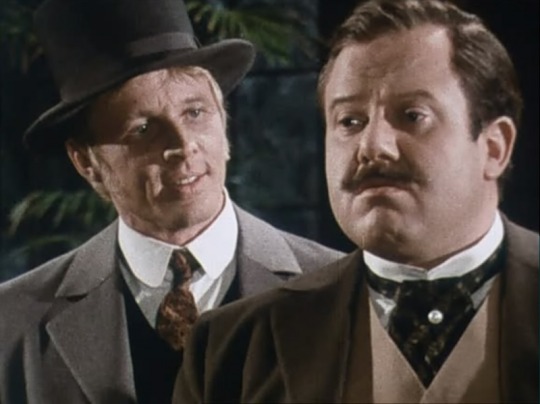
In 1966 the television movie “Conan Doyle und der Fall Edalji” (“Conan Doyle and the case Edalji”) directed by Karlheinz Bieber was made. It starres Paul Klinger (1907 - 1971) - who mostly played likeable roles and was very popular because of it in Germany (because of his sonorous voice he also was a verya renowned voice actor) - as Sir Arthur Conan Doyle. The film is based on facts that took place from 1903 until 1907. Young Indian solictior George Edalji was exposed to racist hostilities and was wrongly accused of animal mutilations. Arthur Conan Doyle made his own investigations which led to an acquittal of Edalji. In the movie Conan Doyle uses the methods of Sherlock Holmes to solve the case. The film is available on DVD and can be watched on YouTube: https://youtu.be/32H3PmBcJrM Paul Klinger as Sir Arthur Conan Doyle:
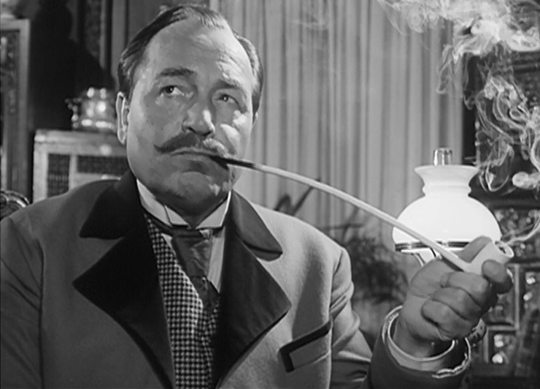
In 1968 Germany got its own Sherlock Holmes and Dr. Watson at last. In 1967 the WDR (Westdeutscher Rundfunk), a local TV channel of the West German television, produced a six episode television series about the English master detective Sherlock Holmes. Strangely enough, the series was not broadcast under the title “Sherlock Holmes” but the opening credits name the author Arthur Conan Doyle. The series was based on translated scripts written for the BBC series starring Douglas Wilmer. The series was first aired on Sunday afternoons from from October 1, 1967 to March 18, 1968.
Erich Schellow (1915 - 1995) - actually a theater star, that only rarely appeared in movies and on television (the critic Friedrich Luft said about him “He speaks like a God!”) played Sherlock Holmes, while his faithful friend Dr. John H. Watson was played by Paul Edwin Roth (1918 - 1985). The actors knew each other from their theater work in Berlin and got along very well during the filming.

Paul May, a renowned director in film and television with a long-standig career, had a certain idea of Sherlock Holmes from the start. He wanted an impeccable, dignified, and noble master detective. To create a contrast to other television detectives at that time May avoided any action scenes. Erich Schellow wanted to play a bit more depraved Holmes including the use of cocaine but May refused strictly. In 1991 Erich Schellow was made an honorary member of the German Sherlock Holmes Society.
Paul Edwin Roth were allowed more liberties to portray Dr. Watson and he gladly took the opportunity. He is not a buffoon but instead he is amusing and witty (sometimes he even philosophizes), has a perfect name and address memory, he knows how to handle a weapon (usually his army revolver) and is a faithful friend in all situations. His favorite words are “very interesting”, a fact on which he comments ironically in “Das Haus bei den Blutbuchen” (“The Copper Beeches”)
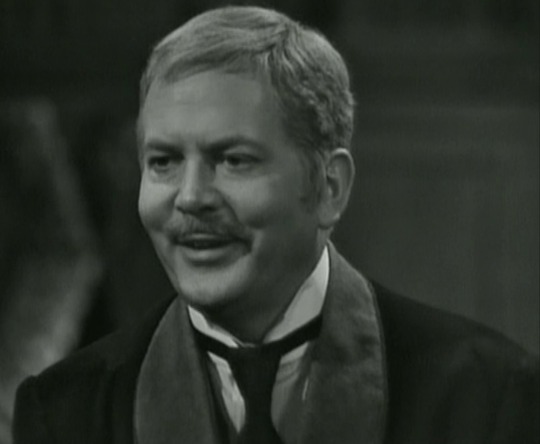
While the use of cocaine was refused by the director, the consumption of tobacco and alcohol by Sherlock Holmes and Dr. Watson is immense. Even dear Mrs. Hudson (Austrian actress Manja Kafka), who is not only a devoted maid (not a landlady as she actually is) but also amusingly cheeky, is hard-drinking. The running gag within the series is that the cane of the umbrella of Dr. Watson serves as a vessel for alcoholic beverages.
It’s incomprehensible that this wonderful series was only repeated once in 1991 and never since. Sadly Germany’s Sherlock Holmes was never given the the attention and appreciation he deserves. Fortunately this gem was released on DVD in 2012 and re-released in 2021.
For any information about Erich Schellow and Paul Edwin Roth as Holmes and Watson please check my blog.
youtube
youtube
#sherlock holmes#dr. watson#sherlock holmes in germany#german sherlock holmes#sorry for any possible mistakes#english is not my first language
29 notes
·
View notes
Text
I miss my days of somehow being an East German cinema broad while being someone who doesn't particularly give a hoot about film :/
11 notes
·
View notes
Note
I need to know more about Hungary!
8, 14, 22, 26, and 29 please ❤️
Hi there! Here we go, it took way longer to answer than expected...
8. do you get confused with other nationalities? if so, which ones and by whom?
It's a tricky question on my end, because I am partly Vietnamese on my father's side, so I'm usually not assumed to be Hungarian at all (even tho that as I'm getting older I'm looking more and more Caucasian). I'm assumed to be Chinese, because Asian=Chinese in most people's minds here. (It's actually a pet peeve of mine, but that's another question.) I think Hungarians in general get confused with Slavic/Balkan people? Maybe Germans? Idk, when abroad they often think my mother is either Russian or French, while my bf is thought to be Austrian (which is fair enough, because his ancestors are from Austria/Germany).
14. do you enjoy your country’s cinema and/or TV?
Already answered here.
22. what makes you proud about your country? what makes you ashamed?
Proud: We are ridiculously good at some sports, we are I think the 14th in most Olympic Games medals per capita list at the moment. We also have a lot of Nobel prize winners (we are the 13th I think?), and generally a lot of cool things were invented by Hungarians (e.g. Rubik cube, matches, ballpoint pens, Vitamin C, the basis of computers, the basis of Microsoft Word and Excel, etc.). I also think our language is badass, it's in the top10 hardest languages to learn. I also really like how diverse our gastronomy can be, and the so called ruin pubs are good stuff.
Ashamed: Politics... And the general attitude of people, I mean when I can see a sign printed out in Hungarian in hotel cafeterias abroad, saying "Please do not steal!", I feel like denying where I'm from.
26. does your nationality get portrayed in Hollywood/American media? what do you think about the portrayal?
Hungary is mostly non-existent is Hollywood, but since a lot of American movies/TV shows are actually produced in Hungary, recently we are mentioned by name more (see the Black Widow movie for example). Sometimes our language is used as like an evil devil "language", or we are just vaguely referred as "East European" or "Post Communist" or part of the Balkan. We are depicted as uncultured poor people and/or criminals. Not the most flattering portrayal, however there is some truth in all.🤷🏻♀️
29. does your region/city have a beef with another place in your country?
Oh boy, it's easier to list the ones we don't hate. XD We have a mutual friendship with Poland, but that's about it? Hungarians hate everyone (including themselves). We were very, lets say, unlucky with our history, so we are a country who is surrounded by itself population-wise. Therefore we hate every neighboring country (I think maybe Romania the most?). We are historically super bad at picking sides (I mean we always were on the eventually losing side of every big conflict), so it's no wonder that nowdays we try to be good with Russia, China, Turkey, Trump's USA... As I said, politics are bad here.
8 notes
·
View notes
Text
I am very pro-Palestine (as someone who grew up in the Middle East) and while I think there are valid criticisms of how large movie studios are treating actors like Jenna Ortega who speak out in solidarity with Palestine, what is not cool or valid are people saying this is proof that “Jews run Hollywood”
Now let me be clear, this is mostly white Leftists who have no direct connection to this conflict saying this
But let me explain why Jewish Americans have such a prevalence in Hollywood
1. During the late 1800s and early 1900s, prior to the rise of the Nazis, antisemitism was still prevalent, particularly in France, Germany, and the Austro Hungarian empire. Jewish people in many places were barred from traditional jobs, with one job they were allowed to do being banking (since in the Bible, it says Christians couldn’t loan money to other Christians but it didn’t say anything about Jews loaning money and hey people need to borrow money. A similar thing happened in majority muslim countries with Christians). Because when filmmaking when to Europe after being pioneered in USA it was an unregulated market, many Jewish Austro Hungarians or Jewish Germans worked in this industry because hey, being an accountant FUCKING SUCKS AND NOT EVERYONE WANTS TO DO IT
2. As restrictions both on cinema as well as antisemitic laws became more prevalent in Europe, many of these Jewish filmmakers immigrated to the nation of immigrants USA, and, due to how immigration flows from Europe transpired, they landed in the Northeast of the USA, where the American filmmaking market was headquartered and thus were able to quickly continue their craft, especially as filmmaking was still seen as a underclass job
3. Funny Gene
4. If you aren’t a WASP in the USA, that is to say, you aren’t privileged, you’re more likely to have a drive do better and actually create talent. This extends to all minorities including Jews. And because Hollywood was still racist, minorities who were white passing enough — like Jews, the Irish, and Italians (think about how many Italian directors and actors you know of) — inevitably rose to the top
I think this scene from South Park says it all:
Kyle: My message is, we can't control what people say, so we have to be smart about what we choose to believe. If one idiot says that a certain group "runs Hollywood", look into it. With very minimal effort, you will find that "Hollywood" is a multi-tiered industry run by tens of thousands of people from all over the world. In the past, Jews were shut out of most professions, so they came to dominate vaudeville, which back then was considered too low-brow for good Christians. Those Jews eventually moved West and started the first movie studios when movies were also considered work for the underclass, and their descendents are now a decent percentage of the thousands of people of all races that make Hollywood run.
Fuck Antisemitism. Free Palestine
#israel#palestine#gaza strip#from the river to the sea palestine will be free#gaza#gaza genocide#gazaunderattack#news on gaza#save gaza#free gaza#am yisrael chai#antisemitism#Jews run Hollywood#nazi lies#antisemitic#antisemitsm tw#jumblr#jewblr#jewish
16 notes
·
View notes
Text

Brian Griffin, who has died aged 75, was one of the most original and influential British photographers of his generation. His images of Kate Bush, Donald Sutherland, Iggy Pop and Damien Hirst, and his album covers for Echo and the Bunnymen and Depeche Mode, are some of the most famous pictures of the 1980s.
For the cover of Depeche Mode’s 1982 LP, A Broken Frame, Griffin transposed Soviet social realism to a cornfield off the M11 in East Anglia, and the result was named by Life magazine as one of the greatest images of the decade. His virtuosity saw him declared photographer of the decade by the Guardian in 1989.
His work, which has been exhibited globally, is in the permanent collections of the National Portrait Gallery, the V&A, the Arts Council and the Birmingham Museum and Art Gallery.
Griffin’s success capturing the glossy worlds of money and hairspray was rooted in something darker. He was forged in the Black Country, the industrial heartland of the West Midlands, and the influence of the factories, and the harsh light from the furnaces, suffused his early photography. He had a relentless work ethic and would do anything to succeed in a world far removed from that of his upbringing.
He was born in Birmingham, the only child of Edith (nee Moore) and James Griffin, who were both factory workers. The family lived in a two-up, two-down in Lye, where every street had a factory. Young Brian felt that “the whole world appeared to be partly made of metal. Everything you touched seemed to be iron and steel.” After passing the 11-plus exam he went to Halesowen technical school, then went to work at the age of 16.
In 1965 he was making conveyors for readymix concrete plants when the factory foreman suggested he join Hagley camera club, where he picked up a camera for the first time. He then got a job at British Steel and was working as a nuclear pipework engineering estimator in 1969 when everything changed. Devastated by the end of a love affair, he decided to leave his old life behind.
Griffin’s only means of escape was photography, so he put some of his camera club images into a Boots photo album and applied to art colleges. He was accepted into Manchester Art School at the age of 21, where he studied with Martin Parr and Daniel Meadows.
In the college library he devoured books on art, and after graduating and moving to London, he spent weeks at the National Film theatre immersing himself in German and French cinema. Inspired, he began to look for work.
In 1972 he went to see the art director of Management Today magazine. Griffin’s talent was plain to see, and he was immediately put to work. He shot a shadowy monochromatic image of rush hour on London Bridge from the back of a cab, calling it his Metropolis image, after Fritz Lang’s expressionist masterpiece. Prior to this, Griffin had doubted his ability, but now he knew that he could make it as a photographer, he unleashed his artistry.
Through his images for the magazine, Griffin introduced surrealism to the boardroom. His industrial background meant that he clicked with the businessmen who were his subjects, and the captains of industry played ball. He wittily subverted the corporate power of the men he photographed by introducing discordant juxtapositions, building tension. He wound intrigue throughout his work, stopping the viewer in their tracks, making them take time over his images, and his work began to be recognised.
Ambitious, he wanted to expand his repertoire and earn more money. He understood that the style he had honed in the business world would translate into the pop sphere, where post-punk bands were eschewing bondage trousers in favour of being suited and booted. He went to Stiff Records and photographed Elvis Costello and the Attractions and Ian Dury and the Blockheads.
Recognition followed and commissions flooded in. He worked for Esquire, Rolling Stone, the Face, Time Out, the Sunday Times and the Observer, in advertising for British Airways, BMW and Levi Jeans, and photographed Brian May in a series for Sony Walkman in 1980.
That year he moved to Rotherhithe, a working-class area of south London on the banks of the Thames. He loved the place, recognised its people and was to stay there all his life. He set up a studio from where he continued to push the boundaries of the conventional. Using his background in engineering, allied to his innate creativity, he built lighting machines and used knicker elastic and ping-pong balls to create startling special effects in an analogue age.
Some experiments led to happy accidents: his highly regarded 1984 image of Siouxsie Sioux, intended as a double exposure, was in fact a triple: “It was wrong, but so right,” he said.
In the days before social media, aside from magazines, the main showcase for a photographer’s work was on walls, be they in galleries or town centres. Griffin’s first solo London exhibition was at Contrast Gallery in 1981, and the posters of his work for bands such as Spandau Ballet and Ultravox were plastered across the land. His family finally saw his work and were proud: they had always wanted more for Brian than factory life.
As well as portraiture, he produced numerous documentary projects. In 1986 he photographed construction workers at the Broadgate development in the City of London. At the time he was still reeling from the death of his father from lung cancer, due to a life inhaling cast-iron dust. The project allowed Griffin to pay homage to his father and to all working people: he monumentalised the men “like knights lying in state in a cathedral with their swords”.
In 1989 he left still photography to make television commercials, music videos and short films, but returned a decade later. In 2003 he produced a project to aid Birmingham’s bid to become the European City of Culture. He worked promoting the 2012 London Olympics and in 2015 his photo-essay, Himmelstrasse, movingly documented the railway tracks in Poland that transported people to Nazi death camps. He continued to work up until the end of his life, with new projects still in the pipeline.
He had more than 20 monographs published in his lifetime and won numerous awards. In 2013 the Royal Photographic Society awarded him their Centenary Medal, and the following year he received an honorary doctorate from Birmingham City University for his lifetime contribution to his home city.
Griffin’s 1980 marriage to the photographer Frances Newman ended in divorce. Their daughter, Layla, died in 2020; he is survived by their son, Danz, and three grandchildren.
🔔Brian James Griffin, photographer, born 13 April 1948; died 27 January 2024
Daily inspiration. Discover more photos at Just for Books…?
10 notes
·
View notes